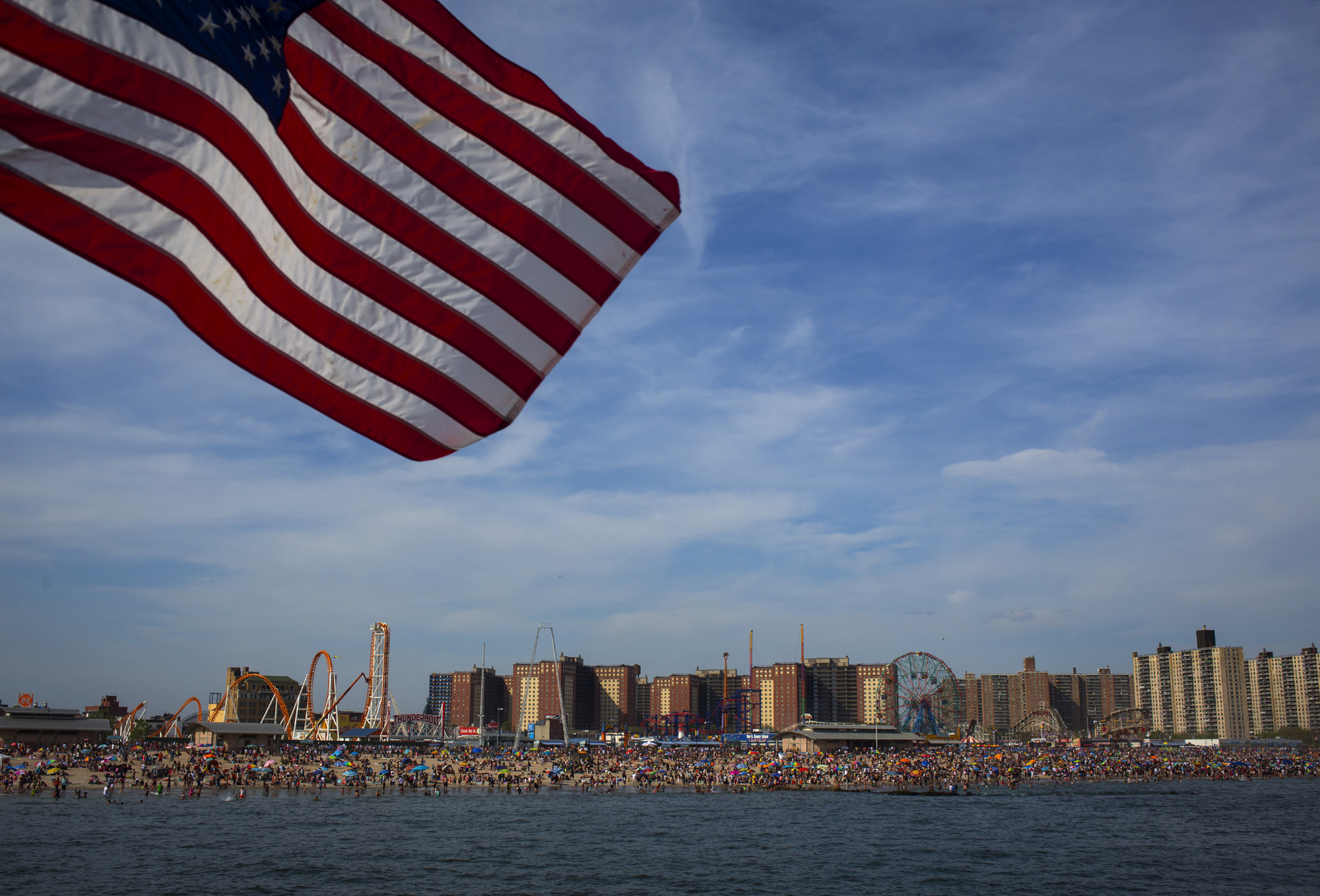
If you swim at 10 different U.S. beaches, you could end up getting a stomach bug, conjunctivitis or even something more serious from one of them. New research from the National Resources Defense Council, an environmental advocacy group, has concluded that 10% of the country’s coastal and lakefront beaches fail to meet the Environmental Protection Agency’s water-safety standards—in other words, they’re ripe with bacteria.
Things are particularly bad in New England, on the Gulf Coast and along the Great Lakes, according to the data.
The major culprit is stormwater runoff, which inevitably ends up in the ocean after picking up garbage, oil and waste products from both humans and animals along the way. Making matters worse are the hundreds of billions of gallons of sewage that go untreated annually, ending up in water and causing 3.5 million Americans to fall ill each year.
Federal law requires all states to test their beach water for bacteria, and respond accordingly when levels are too high. In 2012, nearly 2,000 beaches were closed in New York and New Jersey alone as a result of pollution.
More Must-Reads from TIME
- Donald Trump Is TIME's 2024 Person of the Year
- Why We Chose Trump as Person of the Year
- Is Intermittent Fasting Good or Bad for You?
- The 100 Must-Read Books of 2024
- The 20 Best Christmas TV Episodes
- Column: If Optimism Feels Ridiculous Now, Try Hope
- The Future of Climate Action Is Trade Policy
- Merle Bombardieri Is Helping People Make the Baby Decision
Contact us at letters@time.com